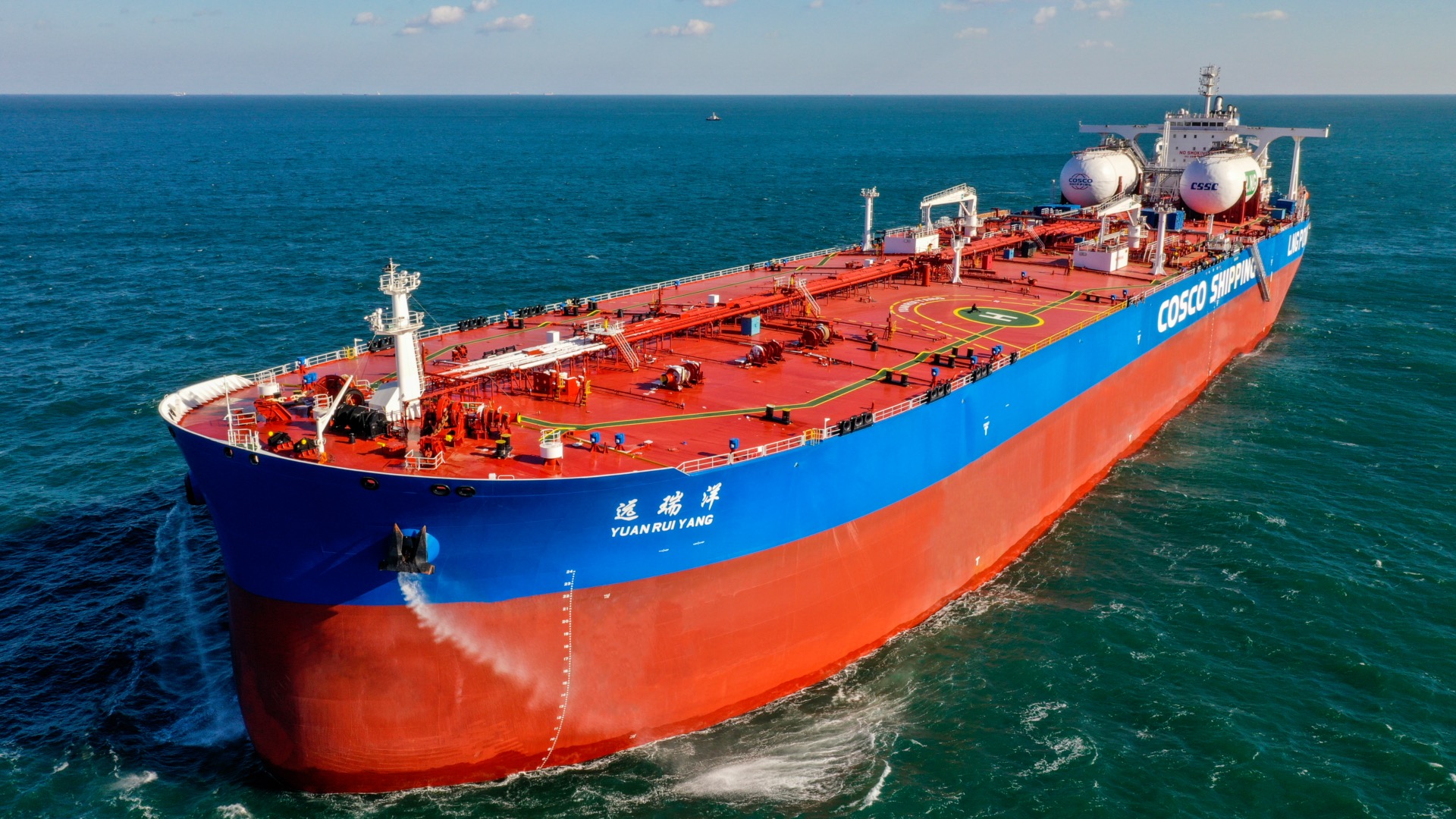
An oil tanker is a large ship designed to transport crude oil or refined petroleum products, such as gasoline, diesel fuel, and jet fuel, across oceans and other bodies of water. Oil tankers are typically classified based on their size, with the largest tankers, known as very large crude carriers (VLCCs) and ultra large crude carriers (ULCCs), capable of carrying up to 2 million barrels of oil.
Oil tankers are an essential part of the global oil industry, as they allow crude oil and refined petroleum products to be transported from oil-producing regions to refineries and markets around the world. However, oil tankers can also pose significant environmental risks, as accidents and spills can have devastating consequences for marine life and coastal communities.
To minimize the risk of accidents and spills, oil tankers are subject to a range of regulations and safety standards, including rules governing the design, construction, and operation of the vessels. These regulations are intended to ensure that oil tankers are safe, seaworthy, and able to operate in a wide range of conditions.
Oil tankers are typically loaded at offshore terminals, where they are connected to pipelines or other loading facilities. Once loaded, the tankers set sail for their destinations, often traveling in convoys for safety. Upon arrival, the tankers are unloaded at refineries or other facilities, where the oil is transferred to storage tanks or pipelines for further distribution.
Based on the search results provided, an oil tanker can be summarized as follows:
Types
There are two main types of oil tankers:
- Crude tankers: These larger vessels transport unrefined crude oil from oil production sites to refineries.
- Product tankers: These smaller tankers move refined petroleum products like gasoline, diesel, and jet fuel from refineries to consumer markets.
Key Features of oil tankers:
- They are equipped with advanced technologies to ensure the safe transport of their cargo, including segregated ballast systems, inert gas systems, and double hulls to prevent oil spills.
- Oil tankers range greatly in size, from small coastal vessels to massive "supertankers" that can carry over 550,000 deadweight tons (DWT) of cargo.
- The design of oil tankers, with multiple smaller cargo tanks instead of one large tank, helps improve stability and prevent capsizing from the "sloshing" of liquid cargo.
- Oil tankers play a critical role in the global energy supply chain, transporting oil across vast distances by sea to meet the world's energy demands.
History
The history of oil tankers dates back to the late 19th century, when the first tankers were constructed to transport crude oil from the oil fields of Pennsylvania, USA, to refineries and markets along the eastern seaboard. These early tankers had a modest capacity of a few thousand barrels of oil and were often converted from existing vessels such as barges and schooners.
As the demand for oil increased, so too did the size and complexity of oil tankers. In the early 20th century, larger, purpose-built tankers were developed, with capacities of up to 100,000 barrels of oil. These tankers were designed to transport oil from the rapidly expanding oil fields of the Middle East and other regions to refineries and markets around the world.
The development of larger and more efficient tankers continued throughout the 20th century, with the introduction of new technologies and designs. In the 1950s and 1960s, the first very large crude carriers (VLCCs) and ultra large crude carriers (ULCCs) were built, with capacities of up to 500,000 and 2 million barrels of oil, respectively. These massive tankers revolutionized the oil industry, allowing for the efficient and cost-effective transport of large volumes of oil over long distances.
However, the growth of the oil tanker industry was not without its challenges. Accidents and spills, such as the grounding of the Torrey Canyon in 1967 and the Exxon Valdez in 1989, highlighted the potential risks and consequences of oil tanker accidents. These incidents led to the introduction of a range of regulations and safety standards aimed at minimizing the risk of accidents and spills. These measures included rules governing the design, construction, and operation of oil tankers.
In addition to these safety measures, the oil tanker industry has also had to adapt to a range of other challenges. These include rising costs, increased competition, and growing concerns about the environmental impact of oil tankers. As a result, the industry has invested heavily in new technologies and designs aimed at improving efficiency, reducing emissions, and minimizing the risk of accidents.
Today, oil tankers continue to play a vital role in the global oil industry, transporting millions of barrels of oil every day. However, the industry is also facing new challenges, including the need to further reduce emissions, address skills shortages, and adapt to changing global energy markets. As a result, the future of the oil tanker industry is likely to be shaped by a range of factors, including technological advances, regulatory changes, and shifts in energy demand.
General:
Posted Using InLeo Alpha